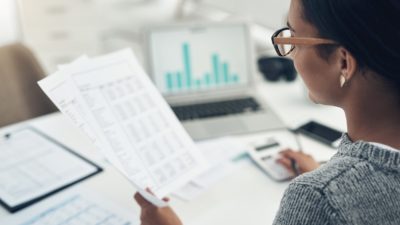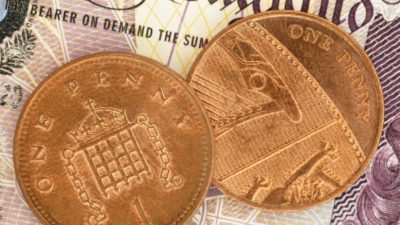 If you want to see a good steady return from a share, just take a look at National Grid (LSE: NG) (NYSE: NGG.US).
If you want to see a good steady return from a share, just take a look at National Grid (LSE: NG) (NYSE: NGG.US).
The share price is up 75% over five years to 864p while the FTSE 100 has managed less than 50%, and dividend returns have been almost double the FTSE average over the period — with the index averaging a yield of around 3%, National Grid has provided shareholders with an average of almost 6% per year
After the rise, are the shares still worth buying? I’d say yes, and here’s why:
1. Dividends
Yes, the dividends — they’re so good, it bears repeating. With the share price on the up, the dividend yield has dropped — but National Grid still paid out a yield of 5.1% for the year ended march 2014, covered 1.6 times by earnings.
Forecasts suggest 5% this year and 5.1% next, although with earnings per share (EPS) set to drop by 18% this year, cover would fall to 1.25 times — but it should start to recover the following year.
In cash terms, the annual payment is beating inflation and growing by around 3% a year, with chief executive Steve Holliday telling us at results time of “good organic growth to support our commitment to sustainable dividend growth“.
2. Visibility
Mr Holliday also pointed out that the company’s strong position “was supported by the increased clarity given by our new price controls and rate plans“.
And that’s a key strength of a company in this business — with pricing and forward contracts agreed well in advance, income is more predictable than in just about any other industry. And that makes it much easier for a company to focus on the long term, and to make commitments (like its dividend policy) to shareholders.
There’s something else that helps improve visibility, too…
3. Monopoly
National Grid owns the electricity distribution network in England and Wales, and is the overall operator of the grid over the whole of the UK. You want to buy electricity? Whoever you choose as your actual supplier, you’ll be getting it via National Grid in some way, and it will be taking its cut.
The firm also owns a chunk of the UK’s gas distribution network, in the shape of the transmission network from terminals to distributors and four of the country’s customer-facing networks. (And in addition, National Grid’s US and operations include the ownership of a lot more energy-supply assets)
It’s a regulated monopoly, but a monopoly is good for profits.
On a forward P/E of 16, some will see National Grid as too expensive. But I don’t, not with all its advantages.







